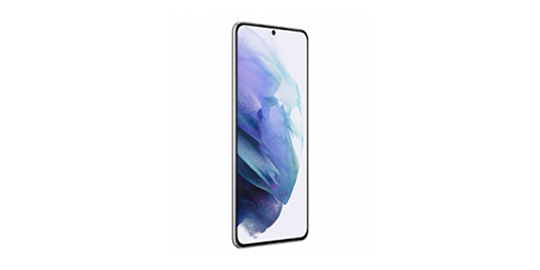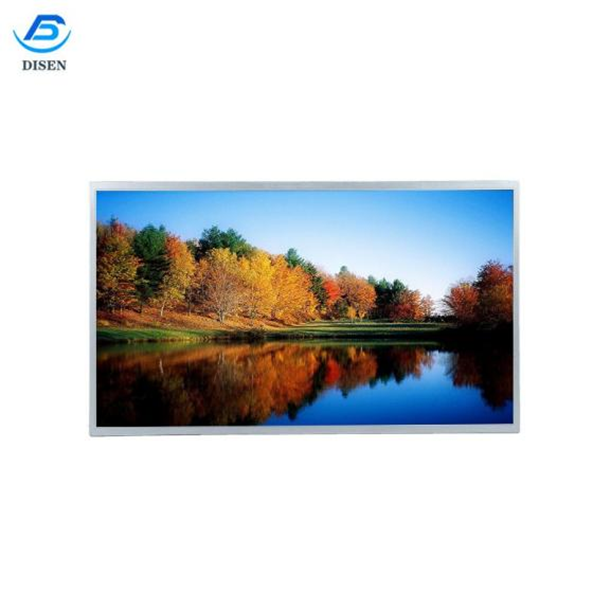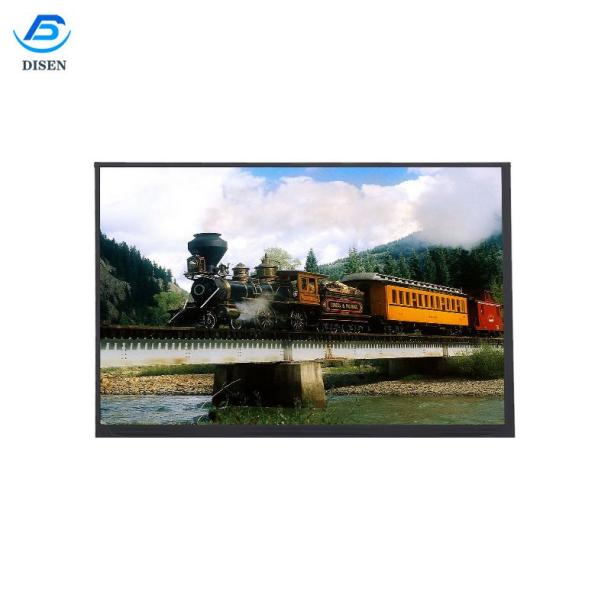Comparing AMOLED (Active Matrix Organic Light Emitting Diode) and LCD (Liquid Crystal Display) technologies involves considering several factors, and "better" depends on the specific requirements and preferences for a particular use case. Here’s a comparison to highlight key differences:
1. Display Quality: AMOLED displays typically offer better overall display quality compared to traditional LCDs. They provide deeper blacks and higher contrast ratios because each pixel emits its own light and can be individually turned off, resulting in richer and more vibrant colors. LCDs rely on a backlight that can lead to less true blacks and lower contrast ratios.
2.Power Efficiency: AMOLED displays are more power-efficient than LCDs in certain scenarios because they don't require a backlight. When displaying dark or black content, AMOLED pixels are turned off, consuming less power. LCDs, on the other hand, require constant backlighting regardless of the displayed content.

3. Viewing Angles: AMOLED displays generally offer wider viewing angles and better visibility from different angles compared to LCDs. LCDs may suffer from color shifting or brightness loss when viewed from off-center angles due to their reliance on polarized light and liquid crystals.
4. Response Time: AMOLED displays typically have faster response times than LCDs, which is beneficial for reducing motion blur in fast-moving content such as gaming or watching sports.

5. Durability and Lifespan: LCDs generally have a longer lifespan and better durability in terms of image retention (burn-in) compared to earlier generations of OLED displays. However, modern AMOLED technology has made significant improvements in this regard.
6. Cost: AMOLED displays tend to be more expensive to manufacture than LCDs, which can affect the cost of devices incorporating these technologies. However, prices have been decreasing as production techniques improve.

7. Outdoor Visibility: LCDs typically perform better in direct sunlight compared to AMOLED displays, which may struggle with visibility due to reflections and glare.
In conclusion, AMOLED displays offer advantages in terms of display quality, power efficiency, and viewing angles, making them preferable for many high-end smartphones, tablets, and other devices where superior image quality and battery efficiency are crucial. However, LCDs still have their strengths, such as better outdoor visibility and potentially longer lifespan in terms of avoiding burn-in issues. The choice between AMOLED and LCD ultimately depends on specific needs, preferences, and budget considerations.
DISEN ELECTRONICS CO., LTD is a high-tech enterprise integrating R&D, design, production, sales and service, focusing on the R&D and manufacturing of industrial display, vehicle display, touch panel and optical bonding products, which are widely used in medical equipment, industrial handheld terminals, Internet of Things terminals and smart homes. We have rich research, development and manufacturing experience in TFT LCD, industrial display, vehicle display, touch panel, and optical bonding, and belong to the display industry leader.
Post time: Sep-27-2024







